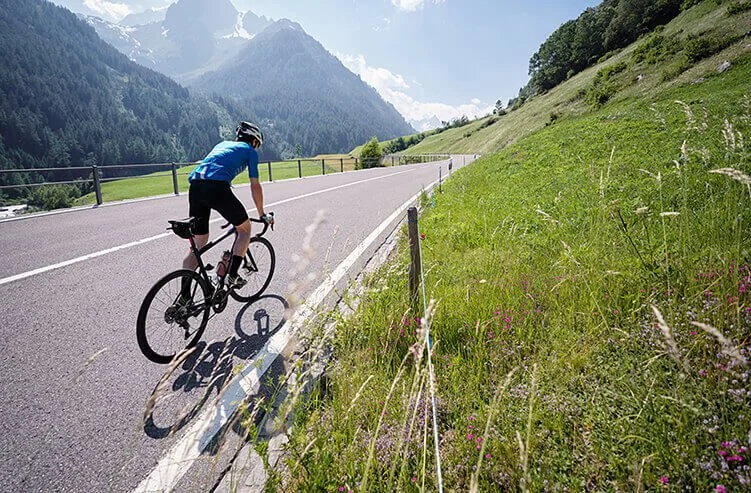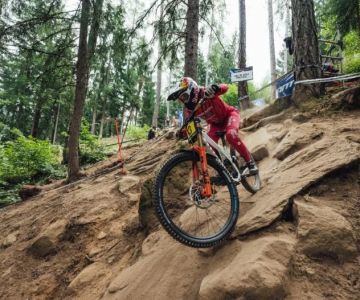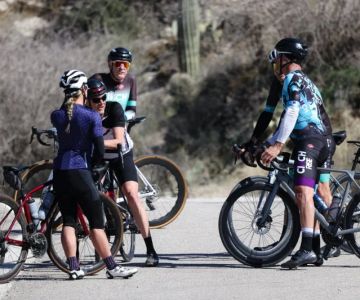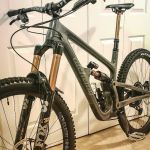
What’s the Best Cadence for Climbing Hills?
- 1-Understanding Cadence
- 2-Why Cadence Matters for Hill Climbs
- 3-Ideal Cadence for Climbing Hills
- 4-Tips for Maintaining Your Cadence
- 5-Common Mistakes to Avoid During Hill Climbs
- 6-Real-Life Examples of Successful Hill Climbers
1-Understanding Cadence
Cadence refers to the number of pedal strokes you take per minute while cycling. In the context of climbing hills, cadence is an essential factor in determining your performance and energy efficiency. It is commonly measured in revolutions per minute (RPM).
1.1 Why Cadence Matters
Your cadence directly affects the way your muscles and cardiovascular system work together to generate power. A higher cadence typically reduces the strain on your muscles but increases the demands on your cardiovascular system. Finding the right balance is crucial for hill climbs.
2-Why Cadence Matters for Hill Climbs
When climbing hills, the terrain and incline present additional resistance that challenges your strength and stamina. Maintaining a consistent cadence helps you conserve energy and avoid fatigue. By adjusting your cadence, you can improve your climbing efficiency and speed.
2.1 The Role of Cadence in Power Transfer
Optimal cadence ensures that you transfer power efficiently through each pedal stroke, reducing the chances of overexertion. This allows you to climb more effectively while minimizing muscle fatigue.
3-Ideal Cadence for Climbing Hills
Many experienced cyclists suggest maintaining a cadence between 70-90 RPM when climbing hills. However, the "ideal" cadence varies from person to person based on fitness level, bike setup, and the steepness of the hill.
3.1 Beginner vs. Advanced Cadence Targets
For beginners, it’s recommended to aim for a lower cadence (around 60-70 RPM) to avoid excessive fatigue. More experienced cyclists may be able to handle a higher cadence (80-90 RPM) as their cardiovascular systems are better conditioned for sustained efforts.
3.2 Cadence Based on Hill Steepness
The steeper the hill, the harder it will be to maintain a higher cadence. On moderate inclines, aim for 70-80 RPM, while on steep climbs, a cadence closer to 60-70 RPM may be more effective. It’s important to adjust your effort to match the demands of the terrain.
4-Tips for Maintaining Your Cadence
Staying consistent with your cadence during hill climbs can be challenging. Here are a few tips to help you maintain your optimal cadence throughout your ride:
4.1 Focus on Smooth Pedal Strokes
Rather than rushing each pedal stroke, focus on making smooth and controlled movements. This will allow you to maintain better rhythm and prevent excessive strain on your muscles.
4.2 Use Gears Effectively
Shifting to the right gear can help you maintain a consistent cadence. If the hill becomes steeper, don’t hesitate to shift into an easier gear to keep your cadence in the ideal range.
4.3 Keep Your Core Engaged
Maintaining a stable core while climbing allows for better power transfer from your legs. Engaging your core will reduce fatigue and help you sustain a steady cadence as you climb.
5-Common Mistakes to Avoid During Hill Climbs
Many cyclists struggle with common mistakes that can hinder their cadence and overall performance during hill climbs. Avoid these pitfalls for a more effective climb:
- Shifting to too low a gear too soon – This can cause you to spin out of control, wasting energy.
- Overexerting yourself by maintaining too high a cadence – This can lead to muscle fatigue.
- Neglecting body posture – Poor posture can affect your pedaling efficiency.
6-Real-Life Examples of Successful Hill Climbers
Successful hill climbers know how to find their rhythm and optimize their cadence for each climb. For example, a study of professional cyclists revealed that they maintained a cadence of around 85 RPM when climbing moderate hills, adjusting slightly based on terrain.
6.1 Training Tips from Experts
Experts suggest incorporating hill training into your weekly routine. Start with small inclines and gradually increase the difficulty as your endurance improves. This approach helps you become more aware of how your cadence impacts your climbing efficiency.







 Billet BMX5.0 (2 reviews)
Billet BMX5.0 (2 reviews) Far East Children Bicycle Factory1.0 (1 reviews)
Far East Children Bicycle Factory1.0 (1 reviews) Archer Motorsports, Inc.4.0 (8 reviews)
Archer Motorsports, Inc.4.0 (8 reviews) YEP Bike Works4.0 (55 reviews)
YEP Bike Works4.0 (55 reviews) Gorham Bike & Ski4.0 (498 reviews)
Gorham Bike & Ski4.0 (498 reviews) Alchemy Bikes4.0 (37 reviews)
Alchemy Bikes4.0 (37 reviews) How to Teach Kids to Ride a Bike: A Step-by-Step Guide for Parents
How to Teach Kids to Ride a Bike: A Step-by-Step Guide for Parents Tips for Riding on Busy City Streets: Smart Strategies for Urban Cyclists
Tips for Riding on Busy City Streets: Smart Strategies for Urban Cyclists Best US National Parks for Mountain Biking: Ride Epic Trails Across America
Best US National Parks for Mountain Biking: Ride Epic Trails Across America Best Aero Helmets for Time Trials and Racing
Best Aero Helmets for Time Trials and Racing How to Clean and Lubricate Your Bike Chain Like a Pro
How to Clean and Lubricate Your Bike Chain Like a Pro 10 Must-Have Items for Long-Distance Cycling Trips
10 Must-Have Items for Long-Distance Cycling Trips